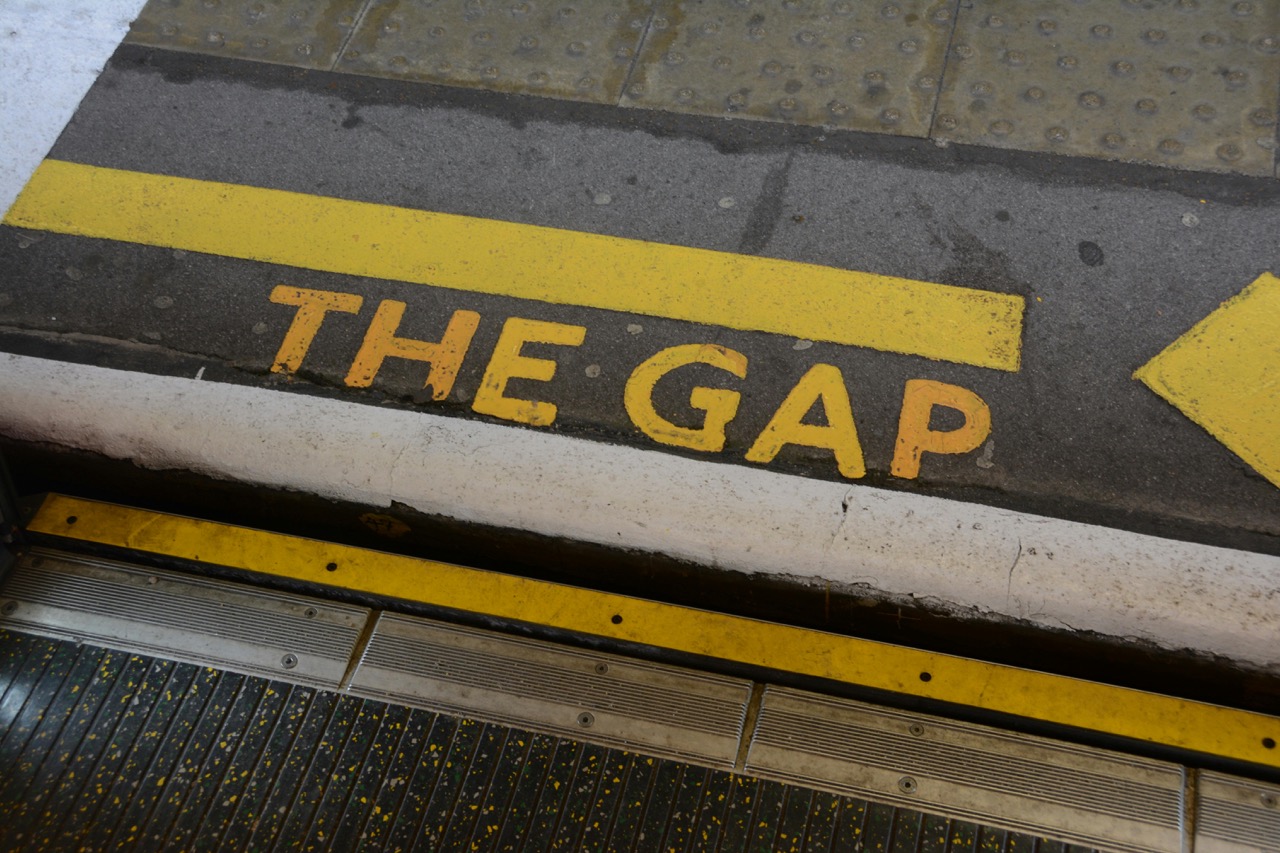Six Key Strategies to Apply Intersectionality in Practice at Work and Beyond


The gender pay gap is the persistent difference in earnings between women and men. It’s not just about pay – it’s a reflection of broader gender inequality, which intersects with racism, ableism, classism, and other forms of discrimination.
In Australia, the gender pay gap remains significant. As of March 2025, women earn on average 18.6% less than men, meaning they make roughly 81 cents for every dollar a man earns. This gap equates to nearly $1 billion per week, or $51.8 billion per year. Women often start their careers earning less — a gap of 6% — which grows over time to 18% as careers progress (WGEA, 2025).
Gender discrimination is the leading contributor, accounting for 36% of the hourly pay gap. Other factors include:
Caregiving responsibilities: Women disproportionately take on caregiving duties, affecting their working hours and career progression.
Industry segregation: Women are overrepresented in lower-paid industries and undervalued roles.
Workplace practices: Discriminatory hiring, promotion, and undervaluation of female-dominated roles persist.
Representation gaps: Women are underrepresented in leadership positions, particularly at senior levels.
For parents, the financial impact is stark. Women’s earnings can drop by more than 50% in the first five years after giving birth, while men’s pay remains largely uninterrupted. This contributes to a superannuation gap of 22–35% in later life.
Women earn less than men at every stage of their careers.
Women are less likely to ask for pay rises, and less likely to receive them.
Women are more likely to hold part-time, casual, or precarious roles.
Workplace discrimination persists, especially at leadership levels.
Caregiving responsibilities disproportionately affect women’s career progression.
Not all women experience the gender pay gap the same way. Women with intersecting identities — including Indigenous women, women of colour, and women with disabilities — are disproportionately affected. For example, First Nations women earn a median weekly total personal income of $517.47, a gap of 23.7% compared to non-Indigenous women (WGEA, 2025).
Research also largely excludes gender-diverse people, highlighting the need for intersectional approaches to understand and address wage inequality fully.
Closing the gender pay gap requires holistic action across industries, communities, and governments:
Conduct Gender Pay Audits – Regularly assess and act on disparities.
Promote Pay Transparency – Share salary information to uncover inequities.
Support Flexible Work Arrangements – Accommodate caregiving responsibilities.
Address Unconscious Bias – Provide training in recruitment and promotions.
Encourage Women’s Leadership – Increase representation in senior roles.
Eliminate Discrimination and Harassment – Create safe and equitable workplaces.
Understanding the gender pay gap is just the first step. At EQI, we provide training, tools, and resources to help workplaces take meaningful action on gender equality. Every policy change, pay audit, and leadership initiative contributes to closing the gender pay gap and creating more equitable workplaces.
Reach out if you’d like support to take the next step: workwithus@equalityinstitute.org
The land we live and work on always was, and always will be, Aboriginal land. We pay our respects to the Traditional Custodians of Country throughout Australia and acknowledge the ongoing leadership role of Aboriginal & Torres Strait Islander communities in preventing violence against women. We also acknowledge Traditional Custodians of the lands where EQI works around the world.
Read MoreYou have been logged out.
"*" indicates required fields